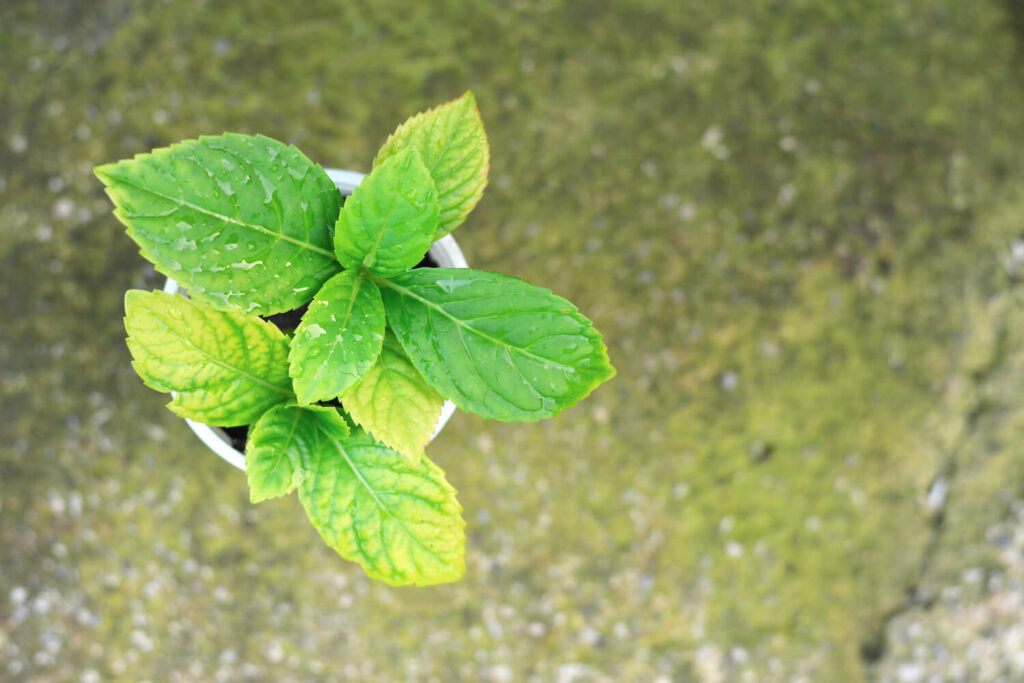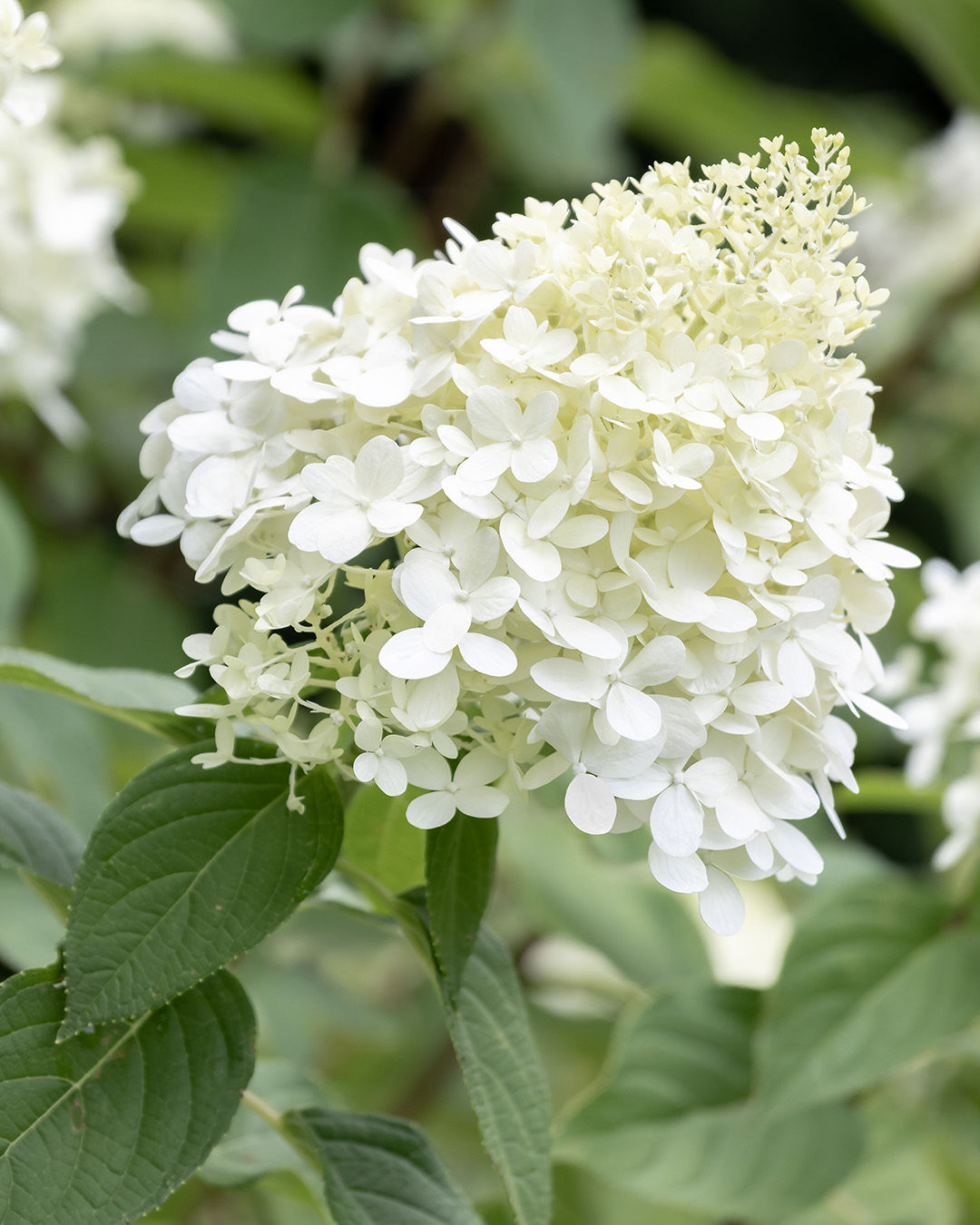Hydrangea Leaves Turning Yellow Things To Know Before You Get This
Not known Details About Hydrangea Leaves Turning Yellow
Table of ContentsHow Hydrangea Leaves Turning Yellow can Save You Time, Stress, and Money.The Of Hydrangea Leaves Turning YellowThe 5-Minute Rule for Hydrangea Leaves Turning YellowMore About Hydrangea Leaves Turning YellowThe smart Trick of Hydrangea Leaves Turning Yellow That Nobody is Talking AboutThe Basic Principles Of Hydrangea Leaves Turning Yellow
One opportunity is that the plant is not getting sufficient sunshine. Throughout the winter season, the days are shorter, and the sun is not as intense, so ensure to place your Hydrangea in a spot where it will get at least 6 hours of sunshine daily. Another reason for Hydrangea yellow leaves in wintertime could be as well much water.Finally, the fallen leaves could be turning yellow as a result of temperature level stress. Hydrangeas like cooler temperatures, so if the plant remains in an area that gets too warm or as well chilly, the leaves will transform yellow. If you assume temperature anxiety could be the issue, try moving your Hydrangea to a different place or securing it from the elements with a burlap wrap.

How Hydrangea Leaves Turning Yellow can Save You Time, Stress, and Money.
In the springtime when the mercury remains fairly low, they'll do fine. When things heat up over the summertime however, time spent in the very early afternoon rays can cause unimaginable damage.: Expand your hydrangeas in a place where they'll obtain sunlight in the mornings or nights, but not during the peak hours.
Wilting is triggered by lack of wetness, meaning there are a few excellent tricks to make use of to stop this from happening - Hydrangea Leaves Turning Yellow. Provide your hydrangeas a healthy and balanced glug of water every few days when the temperature levels are climbing up high, and treat the soil to far better keep dampness. After watering, a bit of compost around the base of each plant must aid with this by maintaining wetness in the dirt

The Buzz on Hydrangea Leaves Turning Yellow
As a general policy of thumb, we advise getting rid of fallen leaves when they are 50% brownish or greater. While browning triggered by any reason can not be turned around, taking the restorative activity described above will certainly encourage the plant to expand new fallen leaves so the damaged fallen leaves either drop off naturally or can be gotten rid of by the garden enthusiast.
Hydrangeas must be watered just when the leading couple of inches of dirt are completely dry, and should be given a complete saturating each time. Underwatered hydrangeas are likely to have yellow, wilting, and drooping fallen leaves.
The way you take care of hydrangea leaves turning yellow depends upon the vital concern causing the yellow fallen leaves. This can be difficult to determine, yet when you do you will have the ability redirected here to change your plant care as necessary to care for the trouble. Hydrangea Leaves Turning Yellow. As pointed out previously, a common concern with hydrangeas is nutrition shortages
Facts About Hydrangea Leaves Turning Yellow Uncovered
Throughout the top growing period, you should water at a rate of concerning 1 inch per week. If you are stressed over not appropriately sprinkling your hydrangeas, there are a couple of things you can do. Including mulch to the base of the plants over the root zone aid to manage the temperature around the bush and keep water in the dirt.
You can purchase and set up straightforward watering globes. Watering globes hold water in them and gradually launch this water right into the dirt as the ground becomes dry. Just load the globe with water, stick the spout right into the dirt within the root area near the base of the plant, and leave it in place up until all the water is gone.
If it is as well severe, some plants will never ever recoup from transplant shock and will remain to her latest blog decrease until they pass away. Minimize transplant shock by consisting of as many origins as possible when digging up your plant to relocate it. Be sure to give more water than typical in the weeks complying with growing to aid your plant recoup and grow new roots.
Fascination About Hydrangea Leaves Turning Yellow

To prevent spreading out fungal conditions, be sure to thouroughly clean and disinfect any type of pruning tools before and after use. You can attempt to purge the origins with water to remove excess fertlizer.
Your hydrangea plant likes well-drained, moist soil. If the review pot has poor drainage, or your dirt is swamped, the leaves will begin to transform yellow.
If you do not sprinkle your hydrangea plant for greater than a week, the leaves will certainly begin transforming yellow. Fungal illness that attack the plants tend to show join the origins and the leaves of the plant. One of these conditions is origin rot, which makes it challenging for the plant to feed correctly.
The smart Trick of Hydrangea Leaves Turning Yellow That Nobody is Discussing
Root rot occurs when pathogens use up the origin cells as hosts and stop the cell from operating. If not cared for, this disease can ultimately lead to the plant dying. Fallen leave area is another fungal condition that can target hydrangea. It results in the fallen leaves turning yellow and the appearance of brownish and purple areas on the fallen leaves.